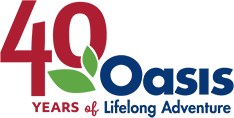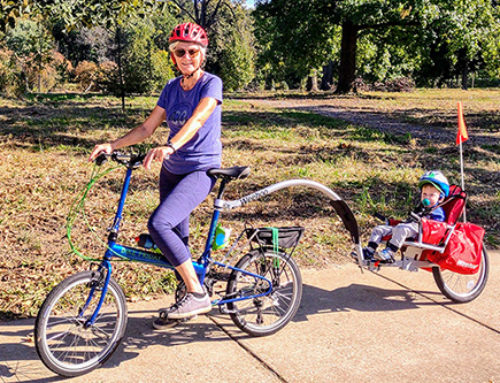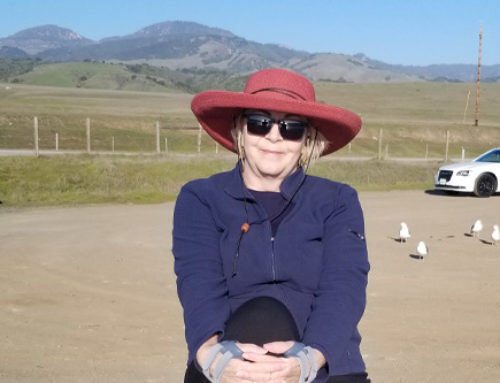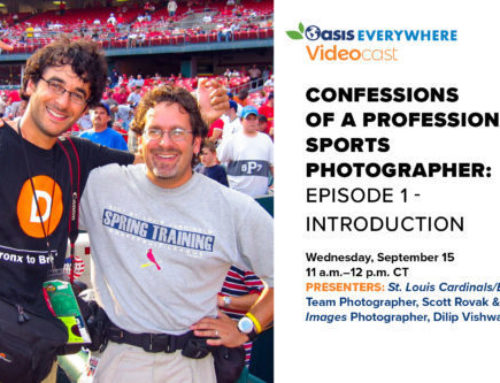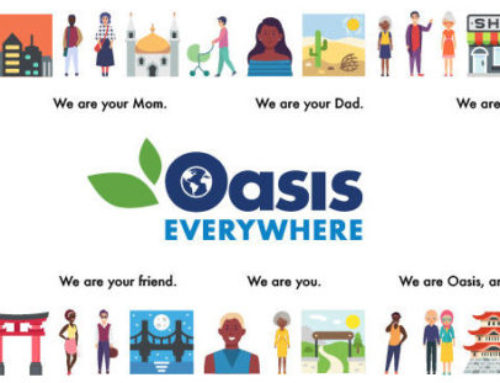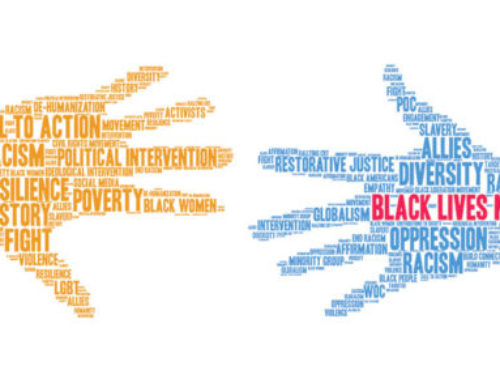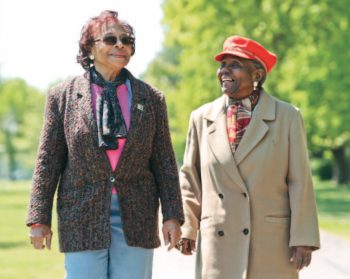 Joan Lane had plenty of stress in her life when she first got involved with Oasis. She was a caregiver for her mother who suffered from Alzheimer’s disease, and didn’t have much time to focus on her own health.
Joan Lane had plenty of stress in her life when she first got involved with Oasis. She was a caregiver for her mother who suffered from Alzheimer’s disease, and didn’t have much time to focus on her own health.
The Oasis class uses the evidence-based Chronic Disease Self-Management curriculum developed at Stanford University to help people build skills and develop their own action plans for managing their health. Each week participants meet to learn, problem-solve and provide motivation and support for each other.Seeking ways to help her mother and other people she cared about, Joan signed up for a six-week Oasis class called “Living A Healthy Life” at her north St. Louis neighborhood library in 2012.
“It taught me how to relax and take better care of myself,” Joan said a few months after completing the class. “I set small weekly goals, like drinking more water, eating healthier snacks and walking every day. I learned to accept myself. It was wonderful.”
Six years later, Joan is still using the lessons she learned in the class, like staying hydrated and getting regular exercise.
“I learned the importance of nurturing yourself and socializing as much as possible,” Joan says. She stays busy with activities through a sorority and her church. She has also worked to update her technology skills and stays in touch with her grandchildren on Facebook.
Joan gives credit for her success to the volunteer facilitators for the program. One of those volunteers was Mary Maufas. “She was very informative, and was such a warm person. She helped us appreciate the ideas we were learning,” Joan says.
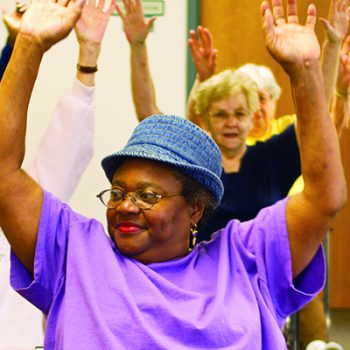 Mary has been a peer facilitator for Living a Healthy Life and more evidence-based classes – like Matter of Balance, Better Choices Better Health-Diabetes, Active Living Every Day and ExerStart – that teach people how to stay active and build healthy habits in their daily lives. Mary has also been a leader for monthly peer discussion groups that connect people with their neighbors to provide social support for each other. She has reached more than 300 people in her community as a leader for these classes.
Mary has been a peer facilitator for Living a Healthy Life and more evidence-based classes – like Matter of Balance, Better Choices Better Health-Diabetes, Active Living Every Day and ExerStart – that teach people how to stay active and build healthy habits in their daily lives. Mary has also been a leader for monthly peer discussion groups that connect people with their neighbors to provide social support for each other. She has reached more than 300 people in her community as a leader for these classes.
“I feel like a fireman, saving lives every day,” Mary said about her role as a community educator. “We have opened doors for so many people and helped them learn how to maintain their health, have fun and grow.”She recalled another woman from her classes who has stayed in touch, calling every month or so to check in.“I remember her frowning with her arms folded at the first class. Each week that frown softened a little bit. By the last class she was interacting as part of the group. I feel that our lives and our relationships have changed from this experience.”
